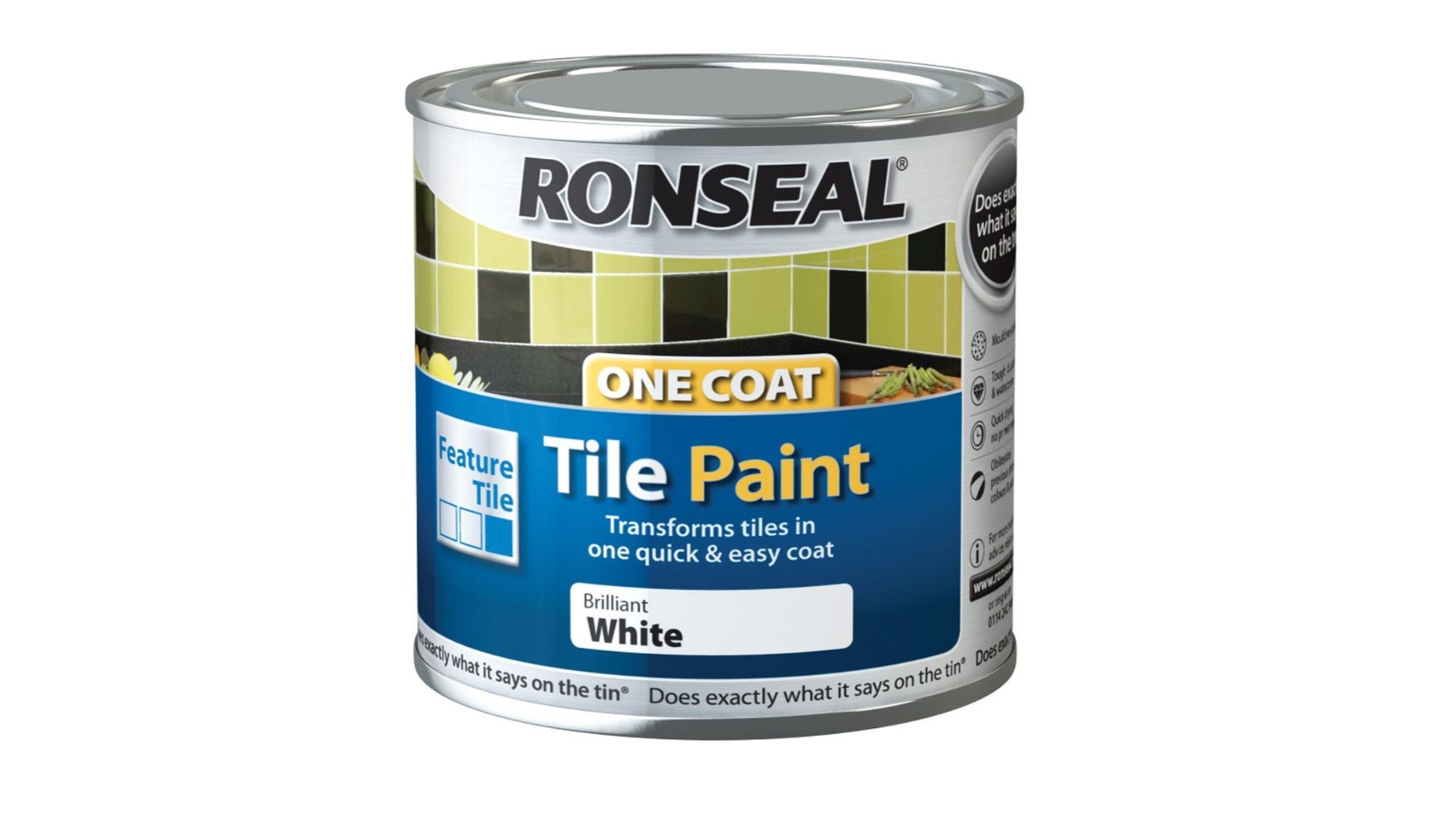Understanding Bathroom Ceiling Paint Needs
Painting a bathroom ceiling is different from painting other rooms in your home. The unique environment of a bathroom, with its high humidity and potential for moisture buildup, presents special challenges. Choosing the right paint is essential to ensure a durable, mildew-resistant finish that can withstand the demands of a bathroom.
Choosing Mildew-Resistant Paint
Mildew is a common problem in bathrooms due to the constant presence of moisture. It can grow on walls, ceilings, and even paint, causing unsightly discoloration and potentially posing health risks. To prevent mildew growth, it’s crucial to select a paint specifically formulated to resist its growth. Mildew-resistant paints contain special additives that inhibit the growth of mold and mildew. They often have a slightly higher sheen, which makes them easier to clean and less likely to harbor moisture.
Popular Paint Types for Bathroom Ceilings

Choosing the right paint for your bathroom ceiling is crucial for creating a beautiful and durable finish. The bathroom’s unique environment, with high humidity and frequent moisture exposure, demands paint that can withstand these challenges. Understanding the properties of different paint types is essential for making an informed decision.
Latex, Acrylic, and Oil-Based Paints for Bathroom Ceilings
Latex, acrylic, and oil-based paints are the most common choices for bathroom ceilings. Each type has its own set of advantages and disadvantages, making it essential to weigh these factors before selecting the best option for your needs.
- Latex Paint: Latex paints are water-based and highly popular for interior painting due to their ease of application and quick drying time. They are also low-odor and environmentally friendly, making them a good choice for those concerned about VOC emissions. However, latex paints may not be as durable as oil-based paints and may require more frequent repainting in high-moisture areas.
- Acrylic Paint: Acrylic paints are similar to latex paints in terms of water-based formulation and quick drying time. However, acrylic paints offer superior moisture resistance and durability, making them a better choice for bathroom ceilings. They are also more resistant to mildew growth, which is a common concern in humid environments.
- Oil-Based Paint: Oil-based paints are known for their exceptional durability and moisture resistance. They create a hard, protective finish that can withstand frequent cleaning and exposure to water. However, oil-based paints have a strong odor, require longer drying times, and are not as environmentally friendly as latex or acrylic paints. They also require mineral spirits or turpentine for cleanup, which can be messy and inconvenient.
Comparing Paint Types
Here’s a table summarizing the key characteristics of latex, acrylic, and oil-based paints:
| Characteristic | Latex Paint | Acrylic Paint | Oil-Based Paint |
|---|---|---|---|
| Durability | Moderate | High | Very High |
| Moisture Resistance | Good | Excellent | Excellent |
| Drying Time | Fast | Fast | Slow |
| VOC Emissions | Low | Low | High |
| Clean-up | Water | Water | Mineral Spirits or Turpentine |
Factors to Consider When Choosing Paint: Best Type Of Paint For Bathroom Ceiling
Choosing the right paint for your bathroom ceiling involves more than just picking a color you like. Several factors influence the final look and feel of your bathroom, so understanding these considerations can help you make the best choice.
Ceiling Color and Bathroom Atmosphere
The color you choose for your bathroom ceiling can significantly impact the overall atmosphere of the space. Light colors, like white or pale pastels, tend to make a room feel larger and brighter. They also reflect more light, making the bathroom feel more spacious and airy. Darker colors, on the other hand, can create a more intimate and cozy atmosphere.
Choosing a color that complements your bathroom’s design is crucial.
For instance, if your bathroom has a modern design with sleek lines and minimalist fixtures, a clean white ceiling will enhance the contemporary feel. In contrast, a bathroom with a traditional design might benefit from a warm cream or light blue ceiling that complements the classic elements.
Best Paint Finishes for Bathroom Ceilings
The finish of your bathroom ceiling paint affects its appearance, durability, and ease of cleaning. Here’s a breakdown of the most common finishes:
- Flat: This finish provides a matte, non-reflective look, hiding imperfections well. It’s excellent for ceilings with minor flaws but can be challenging to clean.
- Eggshell: A slightly glossier finish than flat, eggshell offers a subtle sheen while still hiding imperfections. It’s a good balance of durability and ease of cleaning.
- Satin: Satin paint has a smooth, low-luster finish that’s easy to clean and resists stains. It’s a popular choice for bathroom ceilings due to its durability and moisture resistance.
- Semi-Gloss: This finish offers a more noticeable sheen and is highly durable and washable. It’s often used in high-traffic areas like kitchens and bathrooms.
- Gloss: Gloss paint has the highest sheen, making it the most durable and washable finish. It’s best suited for areas where frequent cleaning is needed, but it can accentuate imperfections on the ceiling.
Choosing the Right Sheen, Best type of paint for bathroom ceiling
The level of light in your bathroom plays a significant role in determining the best paint sheen for your ceiling.
- Low-Light Bathrooms: In bathrooms with limited natural light, a flat or eggshell finish can help reflect what little light there is, making the room feel brighter.
- Well-Lit Bathrooms: If your bathroom has ample natural light or artificial lighting, you can opt for a satin or semi-gloss finish for a more durable and easily cleaned surface.
